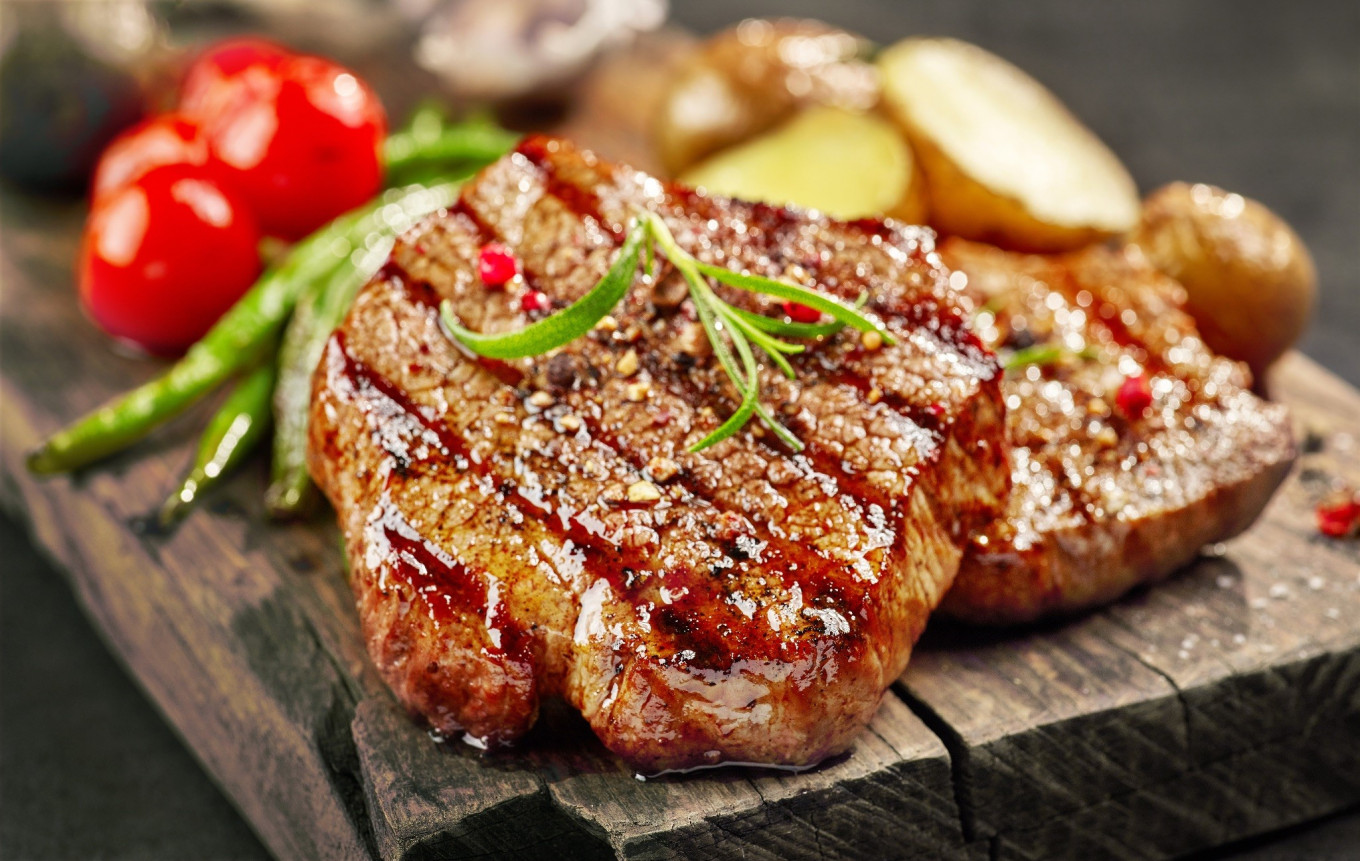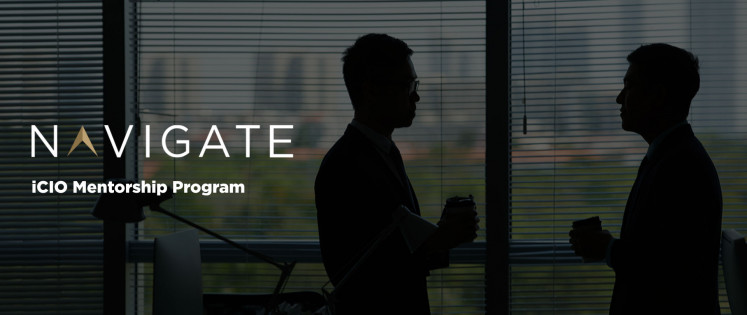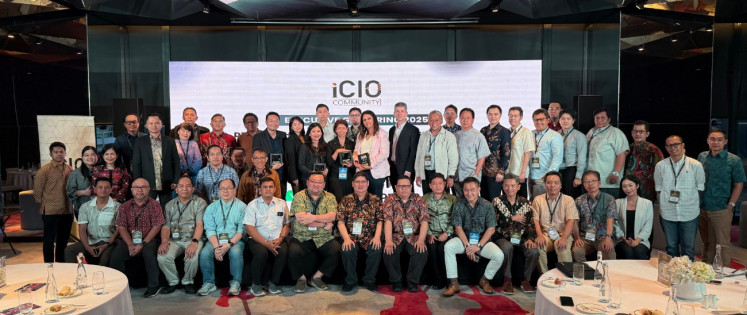Popular Reads
Top Results
Can't find what you're looking for?
View all search resultsPopular Reads
Top Results
Can't find what you're looking for?
View all search resultsIron Awareness Week Shines Light on One of The Most Common Nutrient Deficiences
From the 28th of August to the 3rd of September, the yearly World Iron Awareness Week will take place, recognizing the global ongoing issue of iron deficiency which remains unknown to most of its victims.
Change text size
Gift Premium Articles
to Anyone
F
rom the 28th of August to the 3rd of September, the yearly World Iron Awareness Week will take place, recognizing the global ongoing issue of iron deficiency which remains unknown to most of its victims. Facilitated by Beef + Lamb New Zealand (BLNZ), the campaign started as a way to combat the growing prevalence of iron deficiency in New Zealand. In 2009, the latest findings from the New Zealand Adult Nutrition Survey indicated that a significant increase in iron deficiency over the past 11 years compared to the prior 1997 survey. The prevalence of low iron levels has more than doubled, affecting one in 14 adult women aged 15 and above. Moreover, a concerning trend is observed in toddlers, where 8 out of 10 are not reaching the recommended daily intake of dietary iron, and a deficiency is noted in 14% of children under the age of 2.
Iron is an essential nutrient that humans needs daily, but it cannot be produced naturally by the body so consuming it from iron rich food sources is necessary. If a person is experiencing iron deficiency, detrimental symptoms such as lethargy, tiring easily, a lack of concentration, and vulnerability to infections, are likely to arise. Having sufficient iron nutrients prevents these issues because it carries oxygen throughout your circulatory systems from your lungs, strengthens your immune system, and provides the necessary components to start the chemical reaction that properly produces energy from food to maintain stamina and endurance.
Iron nutrient requirements vary depending on your gender and age, however there is an increased risk of iron deficiency if you are pregnant and or breastfeeding, following a vegan or vegetarian diet, or a woman of child bearing age (women who menstruates continually lose blood every month). According to Indonesian Health Ministry, the Recommended Dietary Intake (RDI/ AKG) for Iron for each age group are as follows in this table
|
Gender |
Age group |
RDI/day |
|
All |
6-11 month |
11 mg |
|
1-3 years |
7 mg |
|
|
4-9 years |
5 mg |
|
|
Male |
10-12 years |
8 mg |
|
13-18 years |
11 mg |
|
|
>19 years |
9 mg |
|
|
Female |
10-12 years |
8 mg |
|
13-18 years |
15 mg |
|
|
19-49 years |
18 mg |
|
|
>50 years |
8 mg |
|
|
Pregnant |
+ 9 mg (additional) |
To meet your necessary amount iron nutrient intake, you can start by consuming high quality iron from animal-based protein such as beef, lamb, chicken and fish. As per the guidelines of Isi Piringku (My Healthy Plate) introduced by the Indonesian Ministry of Health, a daily protein requirement for healthy adults can be met with 70 grams of cooked beef or 80 grams of chicken. You can also pair high iron food with Vit
According to Isi Piringku (My Healthy Plate) launched by Indonesian Healthy Ministry, healthy adults need 70 grams of cooked beef or 80 grams of chicken daily for their protein need. However, if based on iron needs this may increased to up to 300 grams of red meat daily.
To optimize iron absorption, it is also recommended to combine iron-rich foods with fruits or vegetables rich in Vitamin C. For example, incorporating tomatoes, broccoli, or a splash of lemon into your meals can enhance the absorption of iron in the gut by up to double the usual rate. Lastly, to commemorate this year’s Iron Awareness Week, Aussie Beef & Lamb Indonesia compiled a list of recipes using imported Australian beef that are rich in iron, safe, and high quality. For more details visit their website www.aussiebeefandlamb.id or their official Instagram page @aussiebeeflambid.










